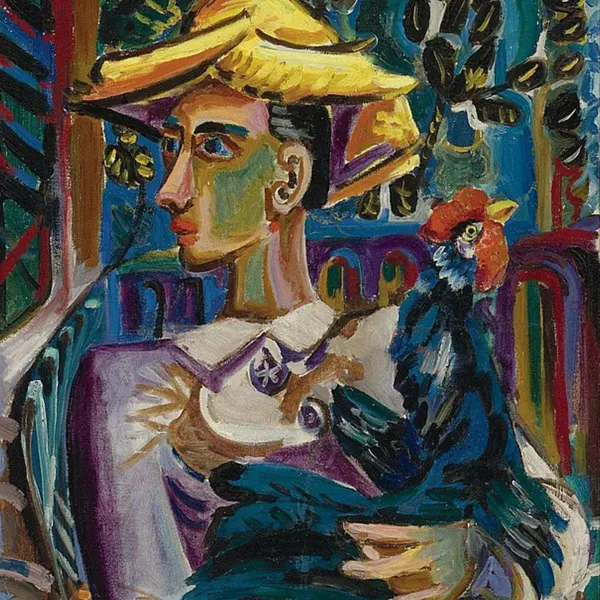Rococo art is often described as the last phase of the Baroque period, characterized by its lightness, ornamental features, and pastel colors. This 18th-century artistic trend emerged in France and quickly spread throughout Europe, where it reached its peak in the mid-to-late 1700s.
What kind of art is Rococo?
Rococo art is often described as being ornate, elaborate and highly decorative. It is a style of art that emerged in the early 18th century, and reached its peak in the mid-to-late 18th century. Rococo art is characterized by its use of light colors, asymmetrical designs, and ornate details.
Rococo art was initially developed in France, and later spread to other parts of Europe. The word "rococo" is derived from the French word "rocaille", which means "rock" or "stone". Rococo art is often seen as a reaction against the more formal and restrained style of the earlier Baroque period.
Rococo art was used to decorate a wide variety of items, including furniture, walls, ceilings, and even dishes and other household objects. Many of the most famous Rococo artists were painters, such as Jean-Antoine Watteau and François Boucher. Rococo art is still appreciated today for its beauty and its ability to evoke a sense of lightness and joy.
What does Rococo describe?
The word “rococo” comes from the French wordrocaille, meaning “rock and shell decoration.” It describes a style of art that emerged in the early 18th century and is characterized by its lightness, ornate decoration, and pastel colors. Rococo artists sought to create a sense of elegance and sophistication through their work. The style was used extensively in architecture, interior design, and the decorative arts.
Rococo art is often seen as frivolous and excessive, but it was actually a response to the weightier, more formal style of the Baroque period. Rococo artists sought to inject a sense of playfulness and whimsy into their work. This is evident in the intricate designs and delicate colors of Rococo paintings and sculptures.
Rococo reached the height of its popularity in the mid-18th century, but the style began to fall out of favor in the late 1700s. Many critics saw Rococo as a symbol of the decadence of the French monarchy. The style fell out of favor even further after the French Revolution, when more austere styles came into fashion.
Despite its decline in popularity, Rococo has had a lasting impact on the world of art. The style’s lightness and ornate decoration have been adapted and appropriated by artists in many different eras and cultures.
What are the key elements of the Rococo?
There are three key elements to Rococo art: lightness, ornamental excess, and asymmetry. Rococo artists sought to create art that was light and airy, full of ornate details, and slightly asymmetrical. This style of art emerged in the early 18th century in France, and quickly spread throughout Europe. Rococo art is often characterized by its use of pastel colors, intricate patterns, and depictions of pastoral scenes.
Rococo artists sought to capture the lightness and carefree nature of the aristocratic lifestyle. They often painted scenes of young women in beautiful dresses enjoying themselves at parties or balls. Rococo art is often seen as frivolous and superficial, but it can also be viewed as a celebration of the joys of life.
Despite its popularity, Rococo art fell out of favor in the late 18th century. Many critics felt that its excessive ornamentation and lack of seriousness were inappropriate in the wake of the French Revolution. However, Rococo art has experienced a resurgence in popularity in recent years, as people have come to appreciate its beauty and elegance once again.
